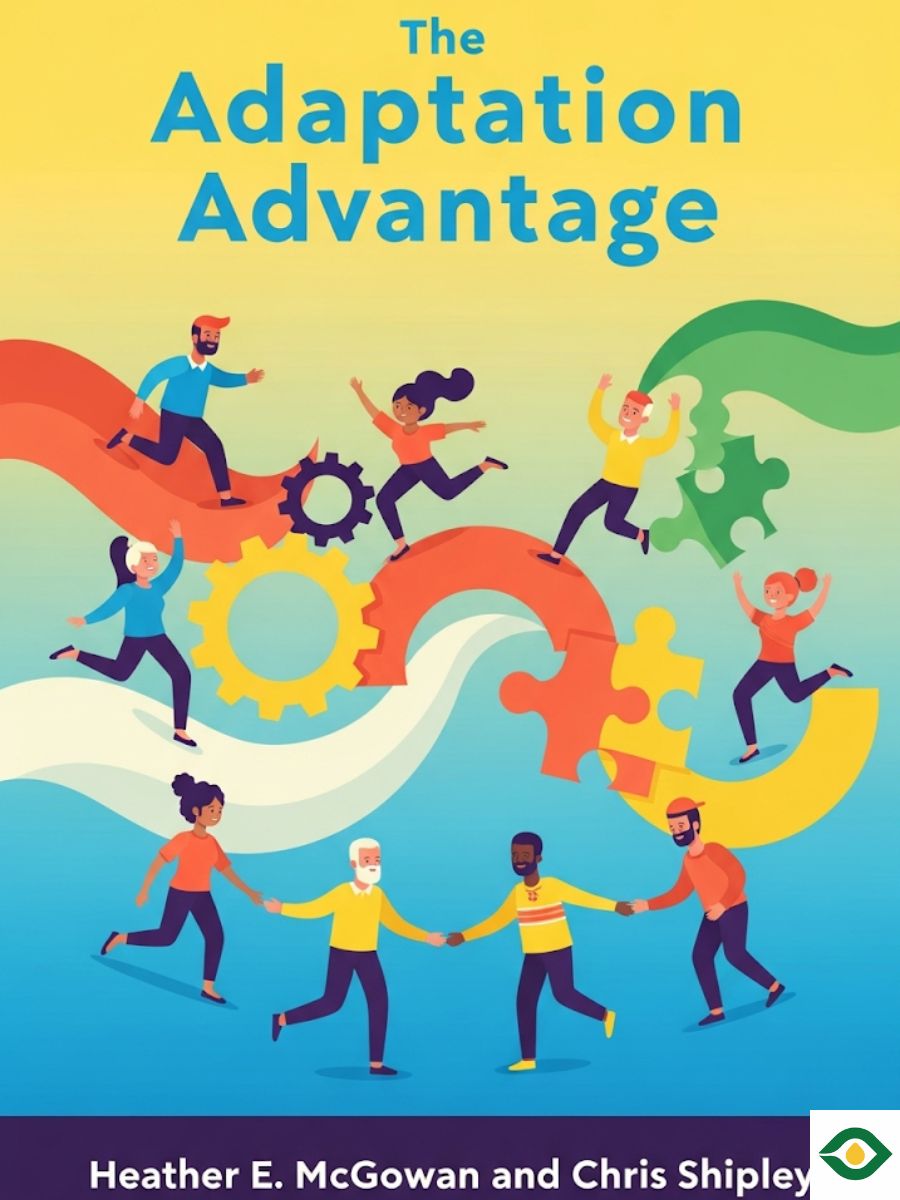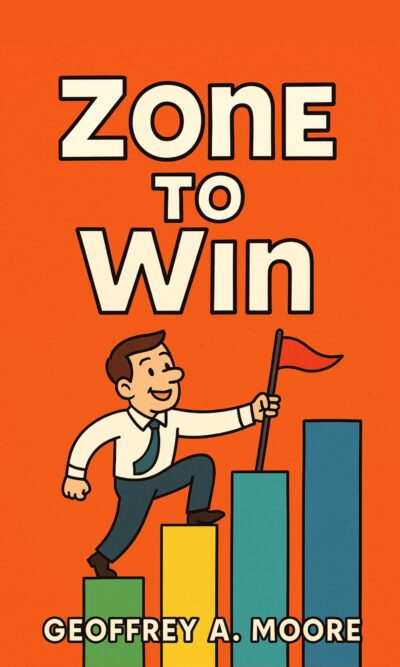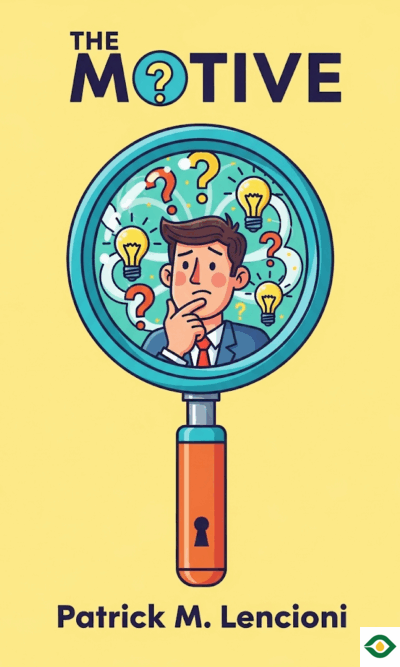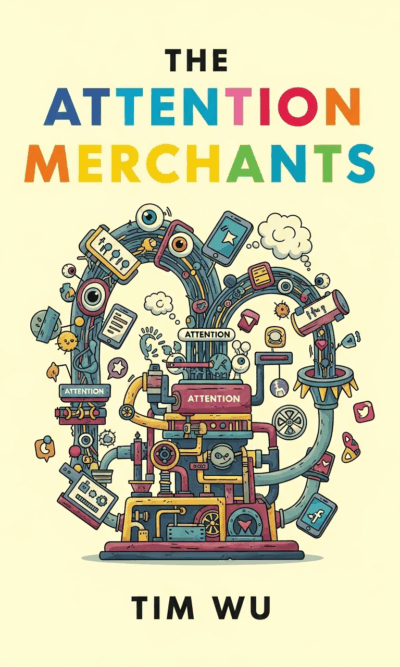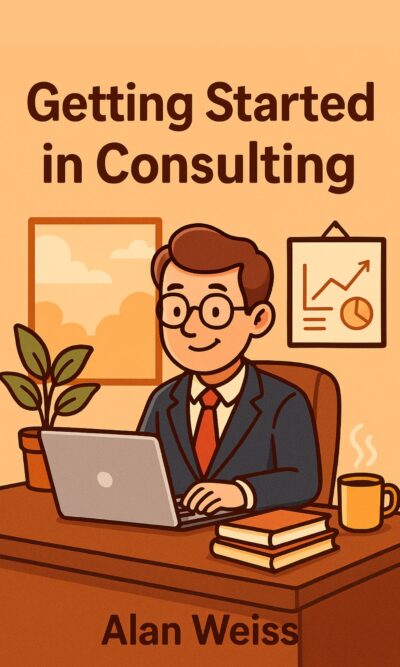Description
The world is changing at a speed that is almost impossible to imagine. Every second, millions of things happen across the globe—emails sent, messages posted, packages shipped, and countless digital actions taking place all at once. This incredible pace of change also shows up in our workplaces. Many people worry that robots and technology will steal their jobs, but Heather McGowan and Chris Shipley, authors of The Adaptation Advantage, argue that the opposite is true. Our biggest strength is not resisting change but adapting to it. Technology may handle repetitive and routine tasks better than us, but it also gives us time to grow, learn, and focus on what makes us truly human.
Technology is not new in the workplace. For decades, machines and computers have made work easier and faster. Now we see three major forces shaping modern work: atomization, automation, and augmentation. Atomization means breaking big tasks into smaller, manageable parts. Automation allows routine work to happen without human effort, such as sending reminders or processing information. Augmentation means using technology to extend human abilities—like a doctor using robotic tools during surgery or a driver using GPS to find the best route. Far from taking away jobs, these tools give us time to think, learn, and create.
But to fully benefit from these changes, we must shift how we see ourselves. Too often, people define their identity by what job they have. From a young age, children are asked, “What do you want to be when you grow up?” This thinking forces people into narrow boxes, when the reality of today’s world is that we cannot stay the same forever. Work is no longer about sticking to one career path. Instead of focusing only on what we do, we need to ask why we do it. A clear purpose allows us to stay flexible when circumstances change. For example, even great leaders like Steve Jobs faced setbacks, but by reconnecting with purpose, he rebuilt his path and created something even greater.
Adaptation requires what the authors call an “agile mindset.” Instead of learning one set of skills and stopping, we must become lifelong learners. The learning process often follows four repeating stages: explore, experiment, execute, and expand. First, we explore new opportunities or problems. Next, we experiment with different approaches. Then, we execute the most promising ideas. Finally, we expand on what works. Once complete, the cycle begins again. This rhythm keeps individuals and organizations alive in a fast-changing world.
Importantly, agility does not mean everyone must become a coder or engineer. The most valuable skills in the modern world are not just technical ones. Studies from global organizations show that creativity, social intelligence, emotional awareness, problem-solving, and adaptability matter more than ever. Technology may outpace humans in numbers and speed, but it cannot replace imagination or empathy. These soft skills—once seen as secondary—are now at the center of what makes us competitive.
Leadership, too, must change in this new environment. Old models of power, where leaders dominate and control, are no longer effective. Leaders must now inspire trust, create psychological safety, and model the way forward. They must also empower others rather than hoard authority. In today’s complex world, one leader cannot know everything. The role of leadership is to create an environment where others thrive, where collaboration is valued, and where people feel safe to take risks and share new ideas. Good leadership is about culture, respect, and adaptability, not just about profits.
Adaptability is equally important for organizations. Traditionally, companies were seen mainly as money-making machines for their shareholders. Today, success is better measured through two key elements: culture and capacity. Culture is the heart of a company—its values, environment, and shared sense of purpose. Capacity is the brain—the ability to respond to challenges, adjust strategies, and remain flexible when things change. Products are not the true core of a company anymore; they are simply the expression of culture and capacity at a given moment. If the market shifts, an adaptive company can pivot quickly and create something entirely new.
This new way of thinking even changes how companies should recruit people. Old-fashioned job descriptions don’t make sense in a fast-changing world. Instead, organizations should hire people for their adaptability, cultural fit, and openness to learning. Diversity is key here—diversity of background, skills, and perspectives helps companies remain agile and innovative. When people from different walks of life work together, the collective ability to adapt increases dramatically.
So, what does this mean for each of us? It means that instead of fearing change, we should embrace it. It means recognizing that technology is not an enemy but a partner that frees us to grow. It means remembering that our true edge lies not in performing routine tasks but in being imaginative, empathetic, creative, and resilient. It also means seeing career setbacks not as disasters but as opportunities to reinvent ourselves.
The authors remind us that even painful experiences often turn out to be valuable. Many people look back at difficult moments in their careers and realize those were the turning points that allowed them to grow stronger. Challenges force us to stretch beyond our limits, proving just how adaptable we already are.
The final message of The Adaptation Advantage is both simple and powerful: change is not slowing down. This moment right now is the slowest pace of change you will ever experience. The future belongs to those who are willing to learn, grow, and adapt. Technology will keep evolving, but it cannot take away our uniquely human qualities. If we can embrace adaptability, we can create not only successful careers but also meaningful, purposeful lives.

